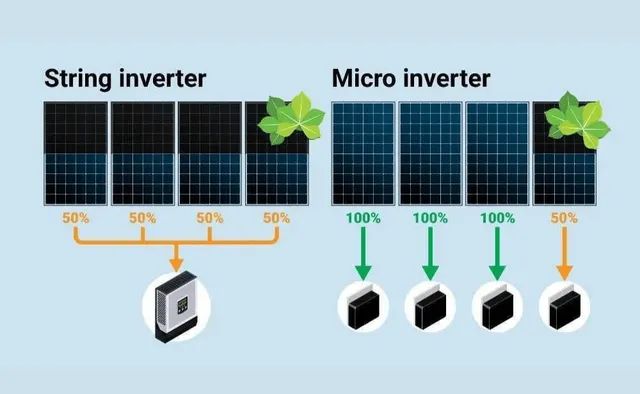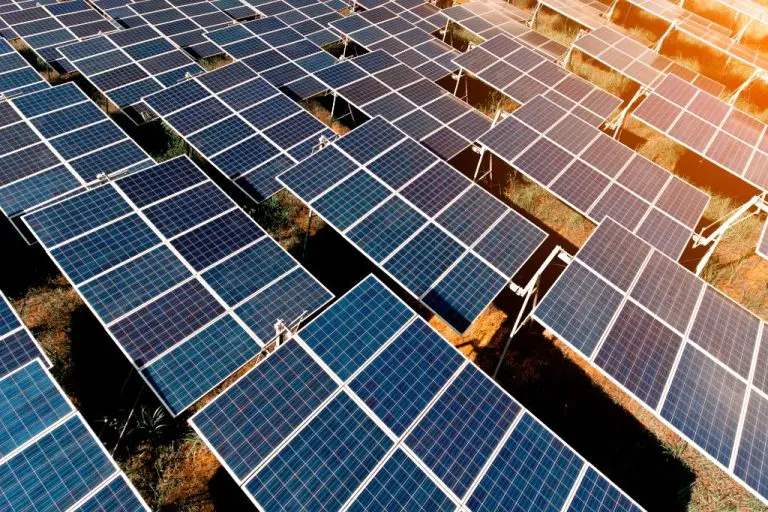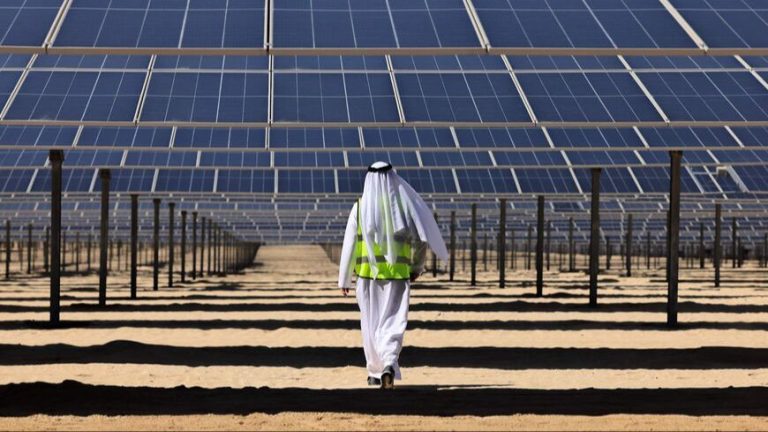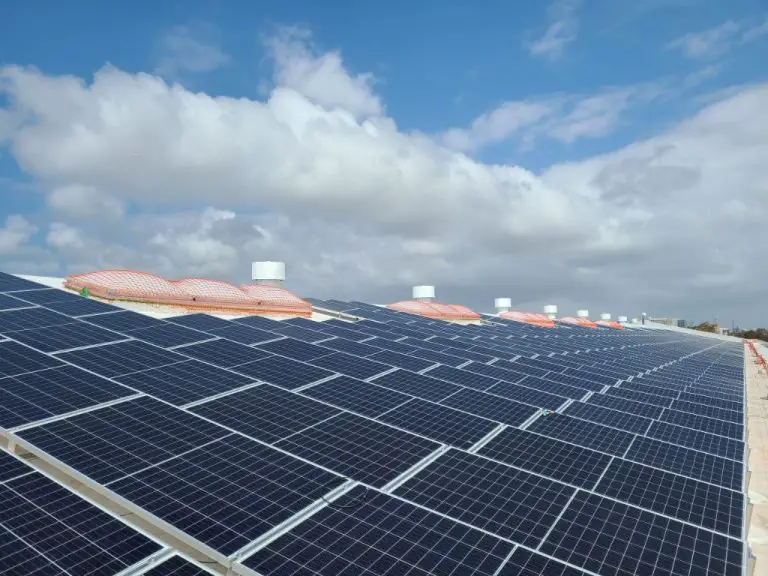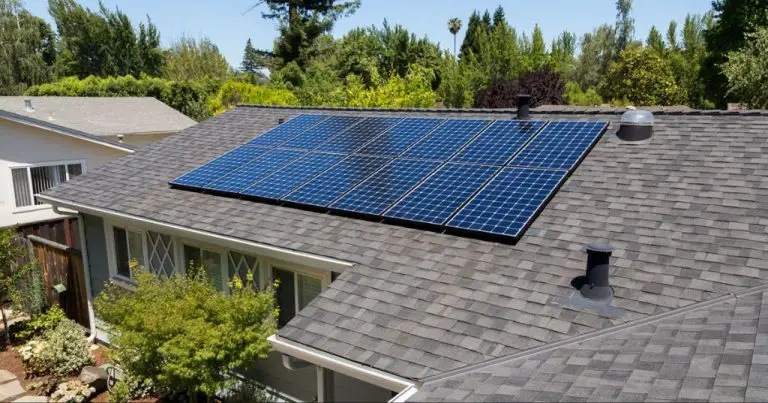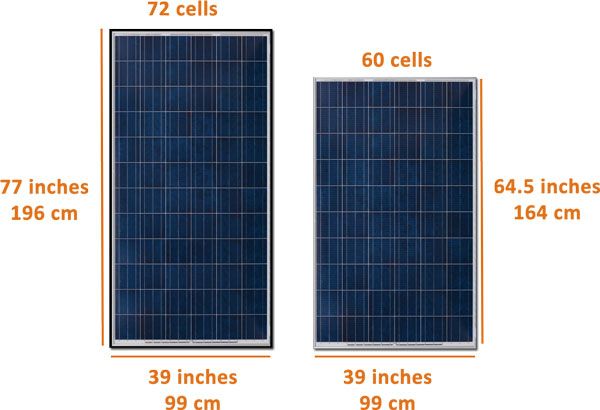Is Renewable Energy Positive Or Negative
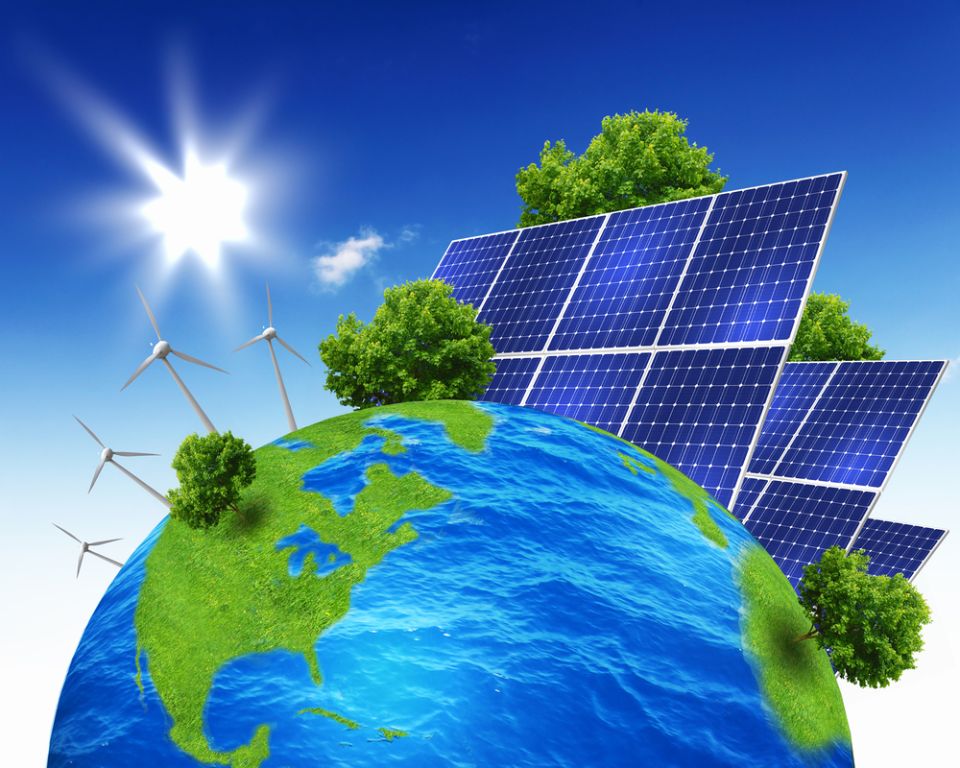
Renewable energy comes from natural sources that are constantly replenished, such as sunlight, wind, rain, tides, waves, and geothermal heat. The most common types of renewable energy are solar, wind, hydroelectric, biomass, and geothermal. In recent years, renewable energy has seen rapid growth due to concerns about climate change and energy security. However, there is an ongoing debate about the pros and cons of renewable energy compared to fossil fuels.
While most experts agree renewable energy is critical for creating a sustainable future, there are disagreements around cost, reliability, efficiency, land use, and other factors. This article will provide a comprehensive overview of the key benefits and drawbacks of renewable energy to shed light on this complex issue.
Types of Renewable Energy
There are several major types of renewable energy sources that are in use today. These include:
Solar Energy
Solar energy comes from capturing the radiant light and heat from the sun and converting it into useful forms of energy. Some examples are solar photovoltaics which convert sunlight into electricity and solar water heating systems for buildings or pools (United Nations, n.d.).
Wind Energy
Wind energy utilizes the naturally occurring energy of the wind, usually by means of wind turbines, to generate electricity. Wind farms comprised of multiple turbines are increasingly being used to harness wind power (National Grid, 2022).
Hydropower
Hydropower generates electricity by using turbines to convert the energy from flowing or falling water into mechanical energy. This includes hydroelectric dams as well as run-of-river and tidal power systems.
Geothermal Energy
Geothermal energy taps into the natural heat within the earth to produce thermal energy that can be used to generate electricity as well as provide direct heating and cooling for buildings and other applications.
Biomass Energy
Biomass energy utilizes organic plant and animal waste materials to produce energy. Common examples are wood, energy crops, and waste from farms, forests, and landfills burned to create heat or electricity.
Environmental Benefits
Renewable energy provides substantial environmental benefits over conventional fossil fuel-based energy sources. As outlined by the U.S. Environmental Protection Agency (EPA) Local Renewable Energy Benefits and Resources, renewable energy technologies like wind, solar, geothermal, hydroelectric, and biomass generate electricity with minimal to zero greenhouse gas emissions like carbon dioxide and methane. The absence of emissions that contribute to climate change is a major advantage of renewable power. Wind and solar energy emit no air pollutants while operating, which helps reduce health issues and deaths associated with air pollution from burning fossil fuels according to the Union of Concerned Scientists report. Widespread adoption of renewables can substantially reduce regional air pollution and associated public health impacts. Overall, the transition away from fossil fuels towards greater reliance on renewable energy sources greatly reduces environmental damage and emissions that accelerate climate change.
Economic Benefits
Renewable energy can provide significant economic benefits in terms of job creation and investment opportunities. According to a 1997 report from the National Renewable Energy Laboratory, renewable energy is more labor-intensive than fossil fuels, creating more jobs per megawatt of power installed and per unit of energy produced. The renewable energy industry is estimated to employ over 500,000 people in the United States alone. The solar industry in particular is a major job creator, employing over 230,000 people. Investing in renewable energy can also open up new revenue streams and attract private investment. The Department of Energy estimates that every $1 million spent on wind projects generates $1.3 million in local income. Renewable energy projects located on public lands can provide lease payments and tax revenues to local communities.
Reliability Concerns
One common criticism of renewable energy sources like solar and wind is their intermittent nature. Unlike traditional fossil fuel power plants which can generate electricity 24/7, solar and wind generation depends on favorable weather conditions. According to the U.S. Department of Energy, “Using more renewable energy resources—solar, water, wind, geothermal, and bioenergy—and energy storage gives us more ways to keep the power on or bring it back when outages occur” (https://www.energy.gov/eere/energy-reliability). However, renewable sources alone may not provide the same level of reliability as conventional baseload power plants without robust energy storage capabilities.
The intermittent output of renewables poses grid integration and storage challenges. Solar and wind generation can fluctuate based on the time of day, weather patterns, and seasonal changes. To maintain a stable electric grid, supply must continuously match demand. Relying too heavily on intermittent renewables without adequate storage can cause imbalances and instability on the grid. Large-scale energy storage solutions like pumped hydro and grid-scale batteries can help match renewable supply and demand, but storage technology adoption is still ramping up. According to YaleEnvironment360, “It is entirely possible to sustain a reliable electricity system based on renewable energy sources plus a combination of other means…to match supply and demand” (https://e360.yale.edu/features/three-myths-about-renewable-energy-and-the-grid-debunked). Thus overcoming the storage challenge with a diversified mix of renewable sources and storage solutions can enable high reliability.
Cost Factors
While renewable energy sources like solar and wind require significant upfront investment, they can provide long-term savings compared to conventional energy sources like coal and natural gas. According to the International Renewable Energy Agency (IRENA), the global weighted average levelized cost of electricity (LCOE) for newly commissioned onshore wind projects fell by 15% in 2021 compared to 2020 (IRENA, 2022). Similarly, utility-scale solar PV costs fell by 13% in 2021. In contrast, fossil fuel prices have been volatile and increasing in recent years.
The high upfront cost of building renewable energy facilities is offset over time by very low or zero fuel costs. Fossil fuels like coal and natural gas require ongoing mining/drilling and commodity market costs. With renewable sources, once the initial investment is recouped, the “free fuel” provides decades of inexpensive power production. Analyses by Lazard and IRENA find renewables to be cost-competitive with or cheaper than fossil fuels in many markets when accounting for lifetime costs (IRENA, 2022).
Grid Integration Challenges
Integrating renewables like wind and solar into the electrical grid can pose various challenges. Two major ones are upgrading transmission lines and managing variability.
Many of the prime renewable energy sites are located far from population centers, requiring long-distance transmission lines to connect to the grid. Existing transmission infrastructure may need upgrades to handle the increased power flows from dispersed renewable sources (PNNL). Building new transmission lines to accommodate renewables can be costly and face regulatory hurdles.
The variable and intermittent nature of renewables also presents integration challenges. Solar and wind generation fluctuates based on weather conditions and time of day. This variability must be balanced using forecasting, flexible generation, energy storage, and demand response (IRENA). Advanced grid technologies and operating procedures are enabling higher penetrations of renewables.
Land Use Issues
The large-scale deployment of renewable energy can have significant impacts on land use. According to a 2021 analysis by Bloomberg, generating electricity from renewable sources requires much more land area compared to fossil fuels (https://frontiergroup.org/resources/land-use-renewable-energy-system/). Solar and wind farms need large open spaces to capture the sun and wind efficiently. For example, wind turbines are often situated on ridges, open plains, or offshore locations. Similarly, solar photovoltaic panels work best in flat, open terrain that receives abundant sunlight.
The land footprint of utility-scale solar and wind facilities is estimated to be around 43 acres per megawatt and 70 acres per megawatt of capacity, respectively, compared to only 12 acres for natural gas and 6 acres for nuclear (https://www.mckinsey.com/industries/electric-power-and-natural-gas/our-insights/renewable-energy-development-in-a-net-zero-world-land-permits-and-grids). As a result, a massive expansion of renewables could impact millions of acres of land and result in habitat loss or fragmentation for wildlife.
There are also concerns that solar and wind facilities may displace agricultural land, leading to food security issues. Careful planning and siting of renewable energy projects is needed to minimize the land footprint and prioritize areas that avoid sensitive ecosystems and productive farmland.
Public Perception
Public support for renewable energy remains high in the U.S. According to a 2022 Pew Research Center survey, 69% of Americans said developing alternative energy sources like wind and solar should be a higher priority than expanding fossil fuel production (source). In a 2023 Pew poll, 82% favored more solar panel farms and 75% supported expanding wind turbine farms (source).
However, support drops when renewable energy projects are proposed locally. This “not in my backyard” or NIMBY effect reflects concerns over impacts to views, wildlife, and property values. Strong local opposition can delay or halt projects despite broad public support for renewable energy overall.
Conclusion
In conclusion, renewable energy sources offer both benefits and drawbacks compared to fossil fuels. The main benefits of renewables are reduced greenhouse gas emissions, decreased air pollution, job creation in the clean energy sector, and domestic energy production that improves energy independence. However, renewables face challenges such as intermittency, grid integration, and high upfront costs. Overall, the future looks bright for renewables as costs continue to fall and technology improves. Most experts predict renewables will generate over 50% of the world’s electricity by 2050 as countries transition away from fossil fuels. While hurdles remain, the environmental and economic advantages of renewable energy make it an essential part of building a sustainable energy future.

